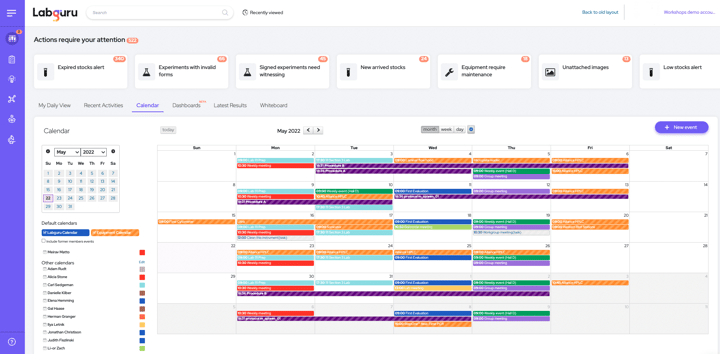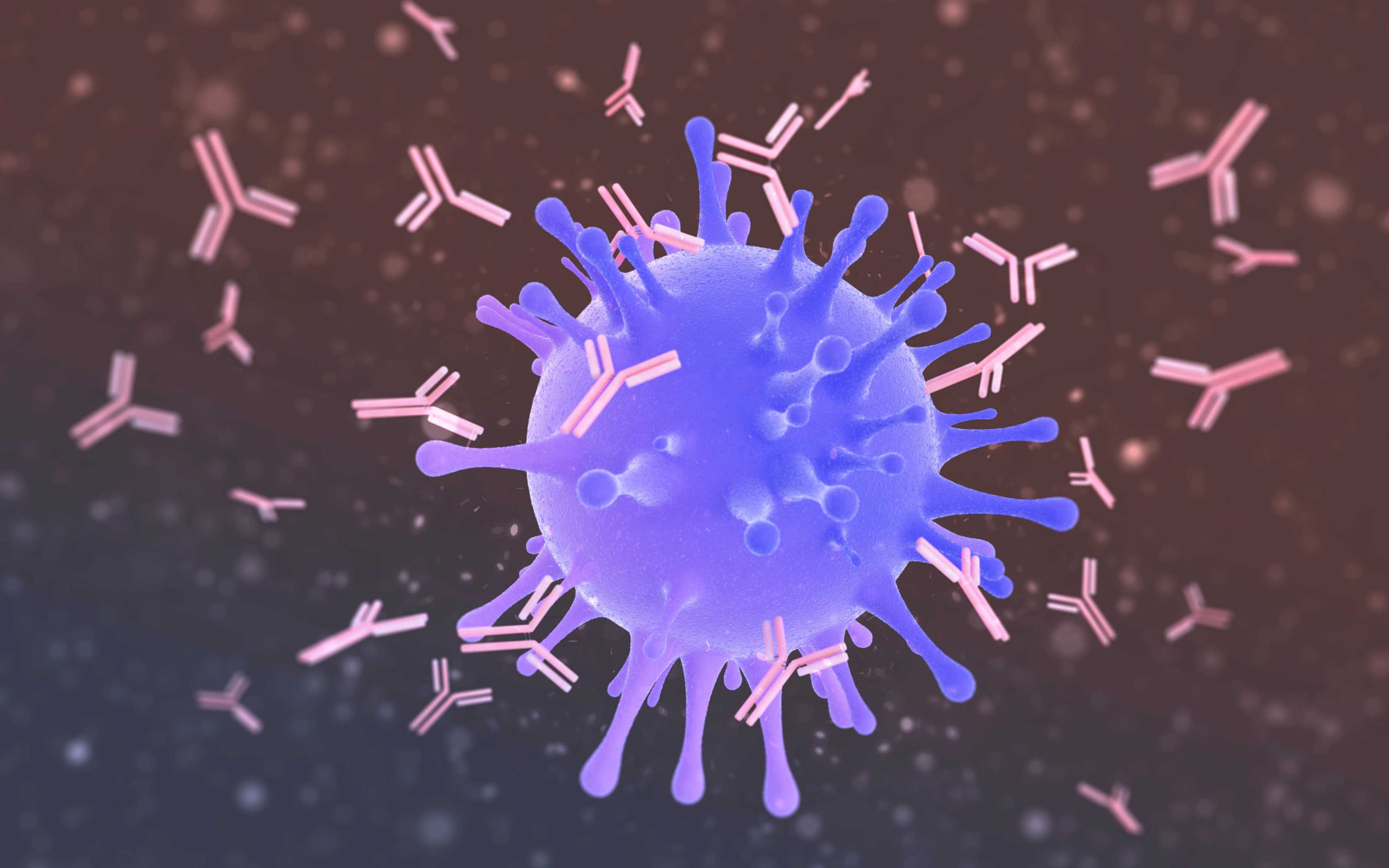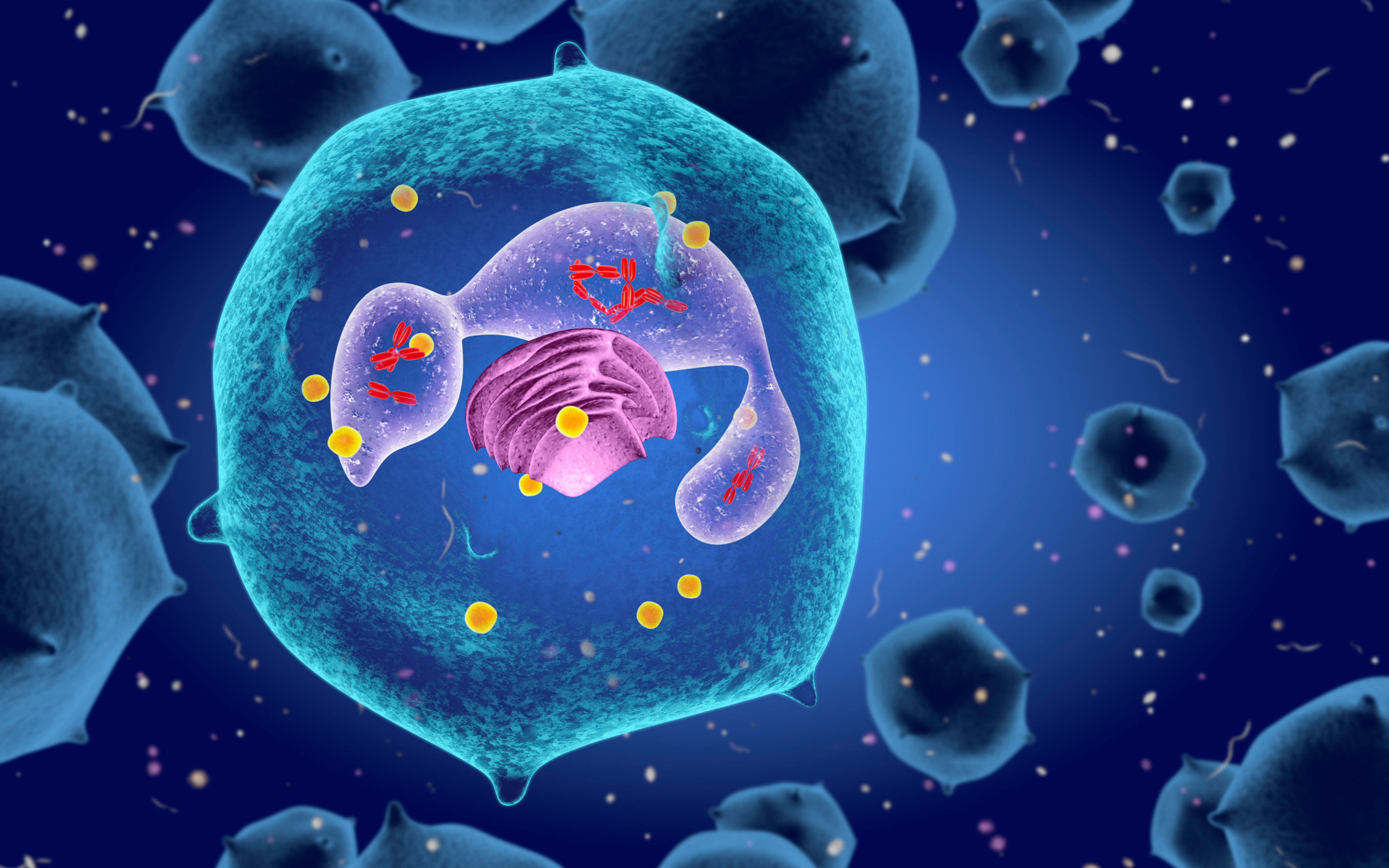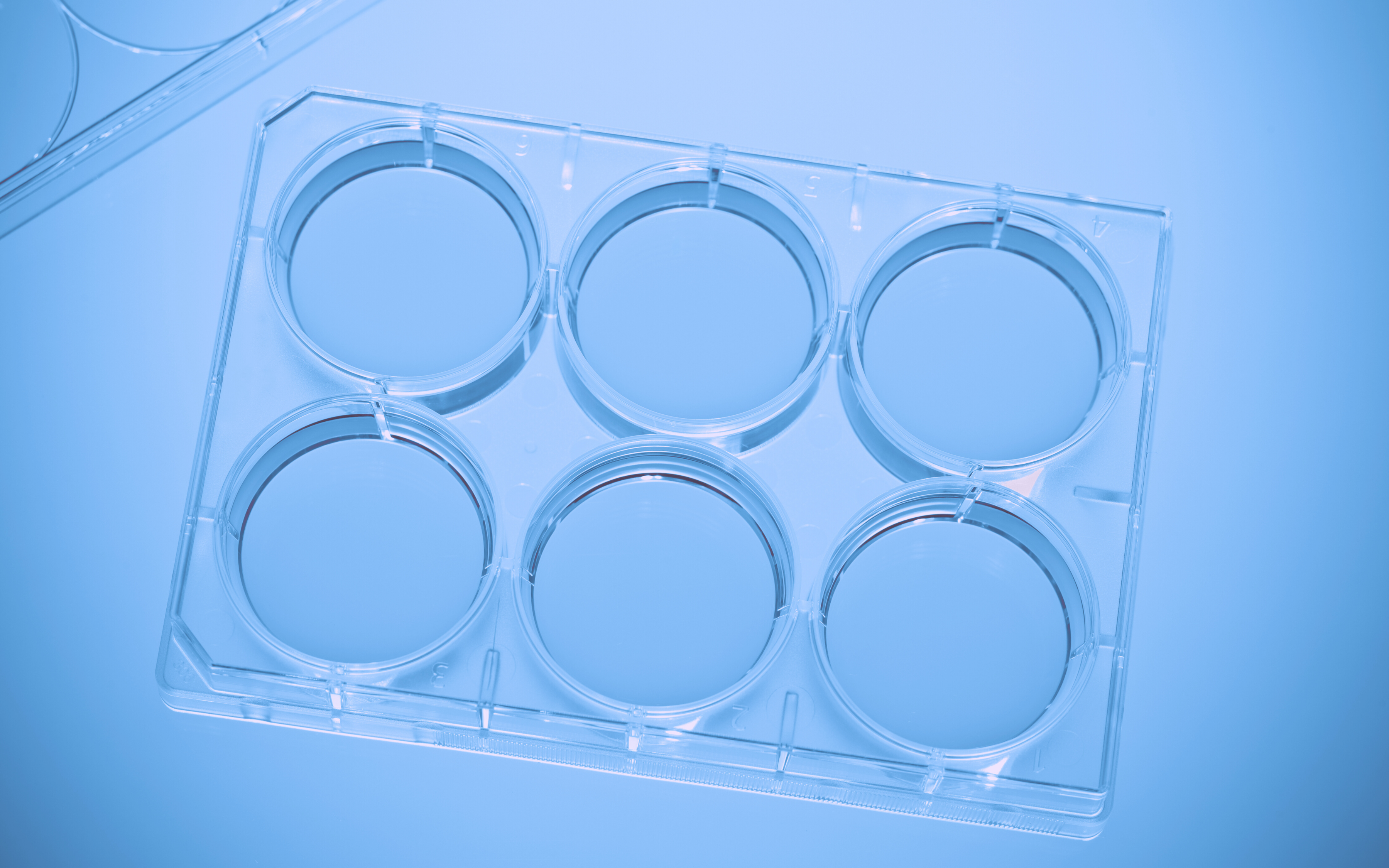If your lab members are feeling unmotivated and tired at work, if you feel like the research is stuck and getting nowhere, it might be a sign that your lab is not working correctly. Sometimes it’s not about working more, but working smarter. Try introducing these ideas to your lab members as part of a daily routine — they are guaranteed to make everyone feel more productive.
1. Plan your day
Start your day by creating a to-do list of everything that you wish to accomplish during the day. As you go through it, mark every task that you finish as completed. Laying out your plans ahead will motivate you and give you a direction, and visually seeing your finished tasks can make the accomplishment much more rewarding.
Pro tip: plan your weeks and months ahead at the beginning of each. Lay out general goals to work towards, and then treat your daily to-do lists as part of a whole.

2. Tidy your workspace
Most people feel happier, more inspired and more productive in pleasant environments. Try to clean after yourself, throw out empty containers and return supplies to the correct storage space right after each experiment. This will prevent clutter from building up — it’s better to tidy for a few minutes every day than getting to the end of the week with a messy pile of a workstation to clean up.
Pro tip: organize your workstation so that your most frequently used tools are within reach, to allow maximum efficiency.
3. Write everything down
Data management is an extremely important part of research lab management. for reaching reliable conclusions and making data-driven decisions. Make sure that you track everything, no matter how insignificant it may seem, from conditions and control groups, through protocols and experiment stages, to results. Make sure you keep your information stored digitally to prevent loss or theft, and somewhere where you can easily view all different information forms and sources as a whole to see the big picture.
4. Keep an organized storage
Tidy storage is key to efficient lab work. Make sure that every supply has a set place, so you don’t have to waste time searching for reagents in order to start an experiment. Track your inventory daily — whenever you use up a supply, write it down. This way, you’ll know to plan ahead and order new supplies before you run out of stock.
5. Take a break
Working ceaselessly can cause frustration, distraction, and tiredness, and generally wear us out. Try breaking down work into intervals, separated by short breaks. The pomodoro technique suggests 25 minutes work, separated by 3-5 minutes break. After four work intervals, take a longer break (15-30) minutes. I, however, find that I work better with longer work sessions - around 45 minutes each. Try experimenting with different time periods until you find the one best fitting your attention span.
When you’re on a break, make sure to take care of your body — drink water, eat a healthy snack, stretch out. When you take a longer break, don’t stay inside the lab — go outside or to a designated break room, to help detach yourself from work and clear your mind.
6. Communicate
Don’t be afraid to ask team members for help, or ask questions. In return, be willing to offer help. Other teammate’s opinions, ideas and knowledge are valuable, and can give you new and fresh points of view for your research. Good connections between teammates also lead to a more enjoyable work experience.
-1.png?width=1640&name=Untitled%20design%20(1)-1.png)
7. Try a research lab management software
A research lab management software can make a day in the lab much easier and more productive by removing the need to worry about information tracking and logistics. A good software will combine ELN (Electronic Lab Notebook) and LIMS software (Laboratory Information Management System) to include all aspects of laboratory management: experiment and project management and tracking, knowledge and protocols, inventory and storage management, equipment maintenance and calibration, and data analysis. Turning your lab into a smart laboratory leaves you free to actually do more science while resting assured that your information is securely stored and your lab is well maintained.
Interested in upgrading your research lab management to a centralized, digital tool? Read our eBook on how to choose the perfect ELN for your needs:




